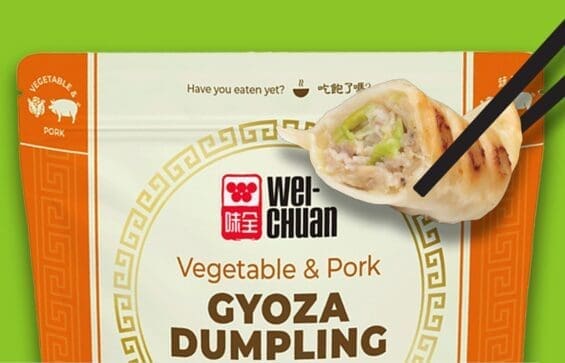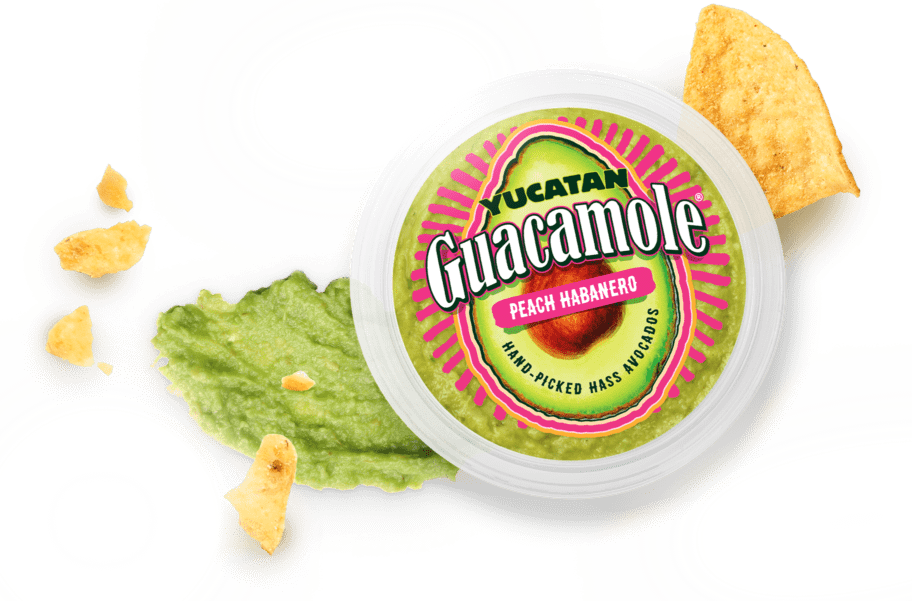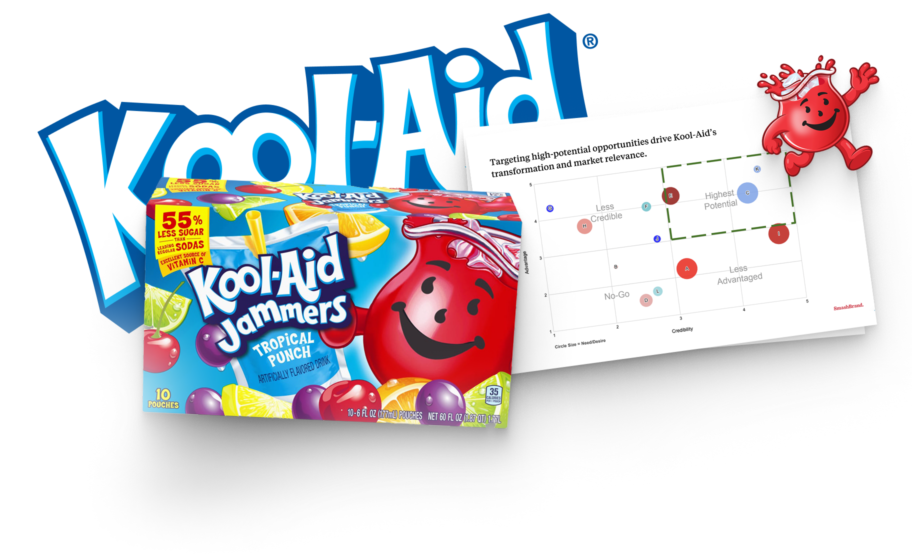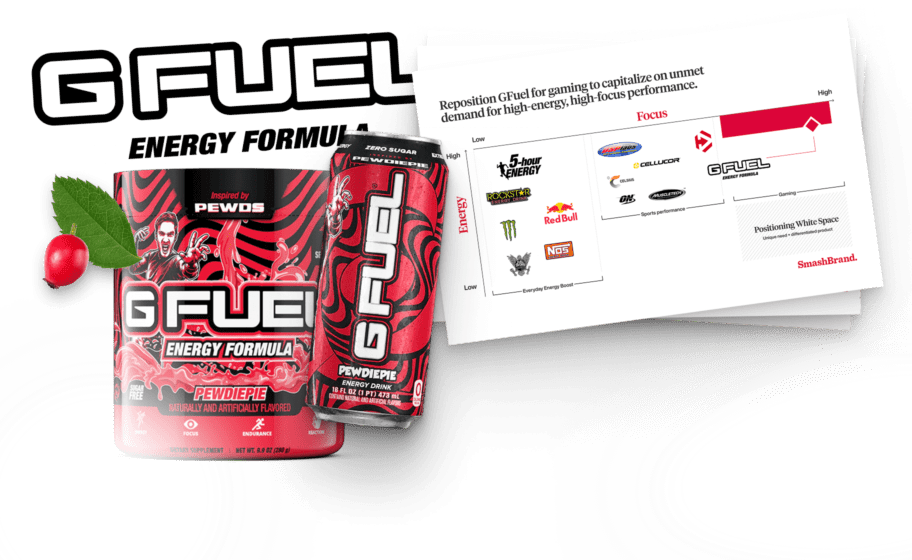Behind every breakout success lies a rigorous CPG testing regimen that feels more like a clinical practice guideline than guesswork. From early-stage concept testing to A/B testing and in-depth focus groups, leading brands leverage best-in-class CPG market research to hone product stories that captivate and convert. The goal is to transform raw insights into sustainable sales boosts.
In this article, you’ll discover how to embed a structured testing framework into every phase of product development, from initial idea vetting to final CPG brand testing. You will learn about each stage of the testing process, how to blend quantitative market research with qualitative feedback, and why the most innovative CPG company treats testing as non-negotiable.
The diagnostic phase.
Every successful product development journey starts by asking the right questions. In the Diagnostic Phase of CPG testing, you first pinpoint the precise challenges you need to crack. Through a blend of secondary research and targeted focus group sessions, you gather consumer insights on existing market gaps, shelf clutter, and competing claims.
Just like clinical practice guideline developers review past studies before crafting recommendations for patients, your team mines historical data and precedent case studies to frame the problem in real-world terms.
Establish benchmarks and understand what works.
Once the problem is clearly defined, the next step is to establish measurable benchmarks. You define key metrics, such as shelf standout, clarity scores, and purchase intent, that reflect your category’s performance. Then, you run lightweight product testing on current SKUs and competitive pack examples to see how they fare against those benchmarks.
This isn’t guesswork: you quantify consumer behavior, noting which visuals, claims, and formats grab attention and drive preference. These early data points become your north star, revealing “what works” so you can compare every new concept against a proven standard.
Translate early feedback into strategic direction.
Here, the Diagnostic Phase transforms raw feedback into strategic design directives. Open-ended verbatims from consumers reveal friction points, confusing descriptors, overcrowded layouts, or weak claim hierarchies that require attention. You learn which messaging pillars resonate most and which flavors or functional calls fall flat.
This insight empowers your creative team to iterate with precision, prioritizing changes that matter most to your target shoppers. Want to learn more about how these early-stage tweaks can turbocharge your launch? Dive into our case studies to see the Diagnostic Phase in action.
The concept validation phase in CPG testing.
Before you put designs against one another, you’ve got to see each concept in isolation, much like treating potential customers as patients in a clinical trial. Through robust concept testing as a research method, you expose each pack idea individually, capturing raw consumer feedback on layout, color, imagery, and copy.
This monadic approach transforms every respondent into a focused evaluator, delivering user experience insights that reveal genuine emotional and cognitive reactions without the noise of direct comparison.
Identifying memorable assets and confusing elements.
With individual concepts under the microscope, it’s time for Visual Impact Testing to dig deeper. Pin-drop exercises and heat-map analyses highlight which elements, whether a bold logo, a flavor burst graphic, or a minimalist typography, cement themselves in memory.
At the same time, open-ended consumer insights flag confusing cues, such as ambiguous descriptors, cluttered claim hierarchies, or misleading imagery. These actionable insights guide you in pruning distractions and amplifying the pack’s strongest assets.
Head-to-head comparison to sharpen standout features.
Once you’ve tuned each design, Packaging Design Test sessions force potential customers into real-world choice scenarios. By presenting concepts side by side alongside actual competitors, you measure consumer demand and see which treatments ultimately win the final buy.
This head-to-head format reveals differentiation gaps, allowing you to focus on the visual or verbal hooks that breakthrough and discard elements that merely blend into the background. The result is a leaner, more compelling pack that scouts don’t just notice but actively choose.
Crafting the right words.
In the CPG industry, every word on pack real estate fights for attention. To cut through the clutter, start by stripping away visuals and asking your target market to evaluate standalone benefit statements in quick-hit surveys or online platforms. This mono-text approach surfaces claims, from Zero Sugar to Probiotic Power, igniting the strongest positive consumer sentiment. By focusing solely on copy, you avoid visual bias and gain deeper insights into which phrases truly resonate with potential customers.
Ranking benefit statements to build a clear hierarchy.
Once you’ve collected customer feedback on your bank of claims, it’s time to prioritize. Use forced-ranking exercises, either in digital surveys or live focus groups, to task respondents with ordering benefits in terms of importance. Layer in analytics from click-through rates on relevant ads or engagement metrics on social media to validate which statements drive action.
The result is a data-backed hierarchy of claims that ensures your front-of-pack messaging leads with the attributes consumers care about most.
Aligning messages with strategic positioning and consumer motivators.
Great messaging must reflect both your brand’s strategic pillars and the evolving pulse of consumer trends. Combine your prioritized claims with broader consumer insights: are shoppers today driven by clean-label transparency, sustainable packaging, or functional wellness?
Fuse these motivators into your copy to create a unified narrative that reinforces your unique positioning. This alignment turns isolated claims into a coherent story that speaks directly to what motivates your key shoppers to choose one shelf over another.
Integrating findings into the visual design.
Words and visuals are two sides of the same coin. Once your messaging hierarchy is established, work closely with your design team to integrate copy into the overall layout. Position top-tier claims in prime hero zones, select type treatments that boost legibility under store lighting, and calibrate color contrasts to guide the eye from headline to call-out.
Use your testing platform to validate that the final packaging harmonizes imagery and text, ensuring consumers absorb your most powerful messages in those critical first seconds on the shelf.
Baseline benchmarking.
Before reinventing the wheel, you need a clear picture of where you stand. By testing current packaging against competitive alternatives, you unlock powerful analytics and omnichannel insights that reveal how your design performs, from e-commerce thumbnails to in-store shelf facings.
Tracking real-time consumer sentiment across social reviews and quick-hit surveys reveals which elements resonate and which fall short, establishing a data-driven baseline for all future iterations.
With benchmarks in hand, the next step is to identify strengths to leverage and weaknesses to address. A targeted concept test of your incumbent pack alongside rivals captures raw consumer reaction and highlights unmet consumer needs.
This approach surfaces compelling insights; for example, your product’s vibrant color palette may outperform the muted tones of competitors, or perhaps the claim hierarchy leaves shoppers puzzled. Armed with these findings, you can double down on proven assets and systematically address friction points before moving into new design routes.
Finally, use a matrix of key purchase drivers to set concrete improvement targets. Overlay your baseline scores with emerging trends in health, sustainability, or convenience to prioritize which drivers to tackle first. By mapping each metric back to specific customer segments, you ensure that every tweak aligns with the actual motivations of actual consumers.
Shelf Simulation.
To mirror the exact moment a shopper scans the shelf, we build dynamic mock aisles, either digitally via high-fidelity screen simulations or physically using printed set displays.
These environments include your product alongside key competitors, complete with accurate facings, lighting conditions, and price tags. By recreating the actual shopping context, you eliminate guesswork and ensure every insight translates directly to the real shelf.
Measuring first-look impact and breakthrough potential.
The moment of truth is that first glance. Using tools like eye-tracking or time-to-first-fixation metrics, you quantify how quickly your design breaks through the visual noise. Is your logo the first thing consumers lock in? Do flavor cues or color blocks command attention?
We capture not just whether shoppers see your pack but how long it stays in their peripheral vision, key indicators of breakthrough potential.
Heat-Map insights for pinpointing visual hotspots.
Heat maps transform raw gaze data into intuitive visualizations, highlighting exactly where shoppers’ eyes cluster on your pack and where they glance right past. These hotspots reveal which elements are magnetic (e.g., a vibrant fruit illustration) and which are ignored (e.g., a buried claim). By layering heat-map overlays onto your design, you gain unambiguous guidance on where to amplify impact and where to declutter.
Applying learnings to boost shelf standout.
Armed with first-look metrics and heat-map hotspots, you can surgically refine your packaging. Maybe that bold accent color needs to extend to the pack’s edge, or your key benefit statement demands a larger type treatment in the hero zone.
We translate each insight into clear design directives, adjusting contrast, hierarchy, and visual flow so that when your product hits the shelf, it doesn’t just blend in; it stops shoppers in their tracks.
Purchase intent testing.
In this phase, consumers face a virtual aisle where they must pick one product, just as they would in a store. By presenting all contenders simultaneously and requiring a single selection, the forced-choice format eliminates ambiguity and captures valid preferences.
It mirrors the decision tree shoppers navigate when narrowing down dozens of options to make a single purchase, delivering an unfiltered glimpse of which design compels a buy.
Incorporating competitors and pricing for actual external validity.
To ensure the test reflects real‐world buying pressures, your finalists are slotted alongside top competitors, complete with realistic price tags.
This contextual layer is critical: a pack that excels in isolation can falter next to a value leader or a prestige rival. By weaving in competitive sets and pricing cues, you validate whether your design holds its own in the marketplace it will live in.
Interpreting purchase-intent scores to forecast market performance.
The headline metric here is the score from Purchase-Intent testing, which represents the percentage of respondents who would choose your product over all others. Decades of industry validation have demonstrated that these scores correlate strongly with real-world sales increases and market share gains.
By benchmarking your concepts against historical PI data, you can project likely distribution velocity, category penetration, and ROI, turning test results into boardroom-ready forecasts.
Balancing quantitative metrics with qualitative “why” feedback.
While the numbers tell you who wins, the verbatims explain why. Open-ended responses and click-path commentary capture the emotions, associations, and doubts driving each pick. Perhaps shoppers opt for a bold color because it signals “healthier ingredients,” or they skip a design because its hero call-out feels generic.
By layering these qualitative insights on top of your PI figures, you gain a 360° view: solid metrics combined with the narrative needed to fine-tune final tweaks or craft sharper launch messaging.

Nice Package
Don’t miss out on our monthly newsletter Nice Package!
Each month, we deliver a data-driven newsletter directly to your inbox, unpacking a critical topic in the FMCG & CPG industry.
"*" indicates required fields
Subscribe to
Nice Package.
SmashBrand’s Nice Package: Stay current with our latest insights
Free Resource.
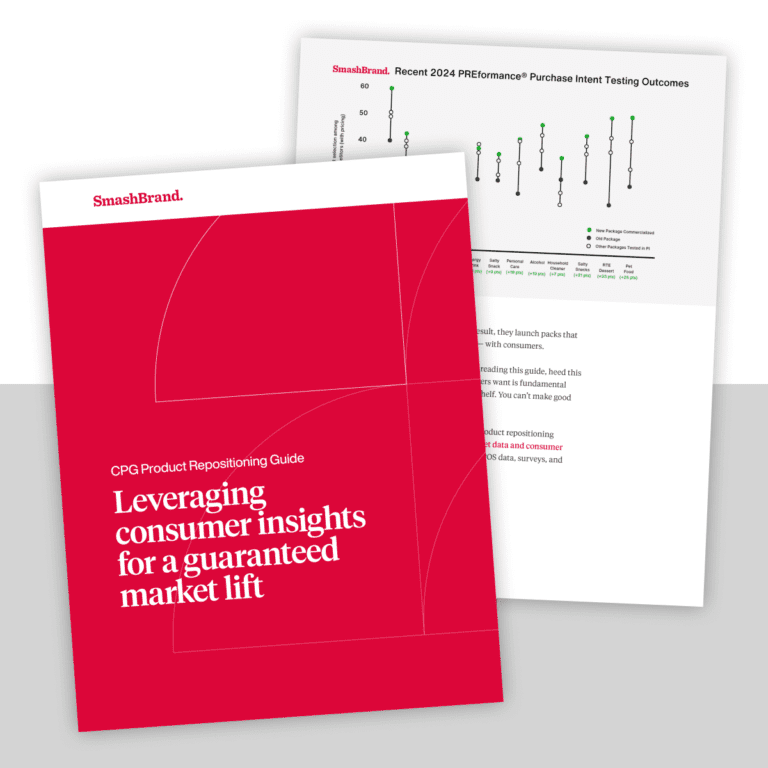
CPG product repositioning guide.
Explore the five undeniable signs your CPG product needs repositioning along with strategies for leveraging consumer insights for a guaranteed market lift.
Download Whitepaper About CPG product repositioning guide.
